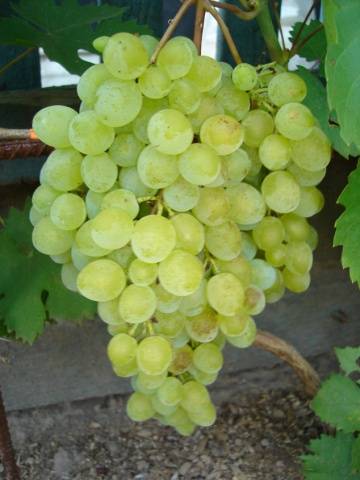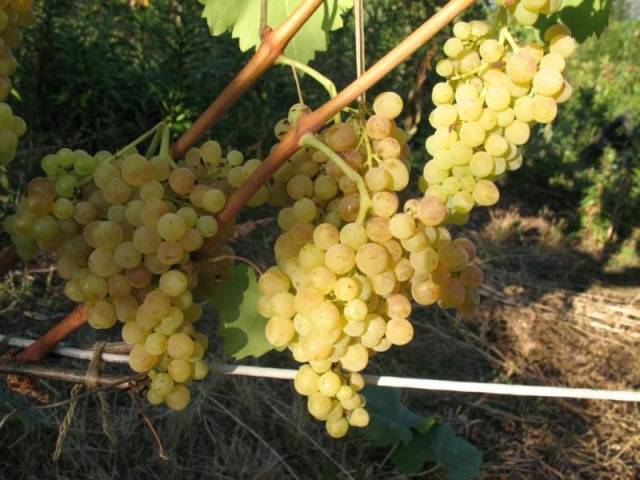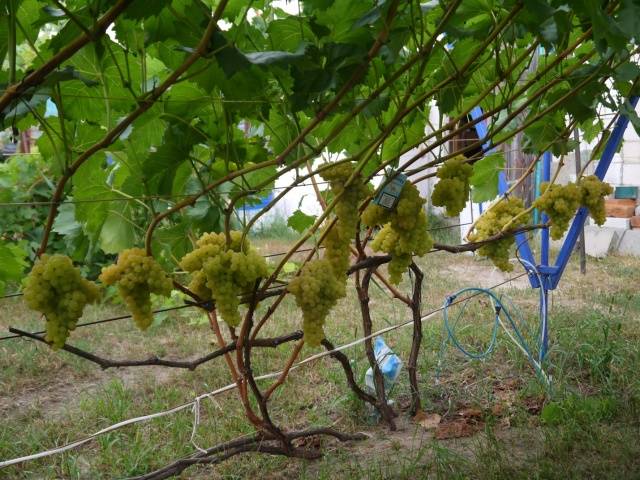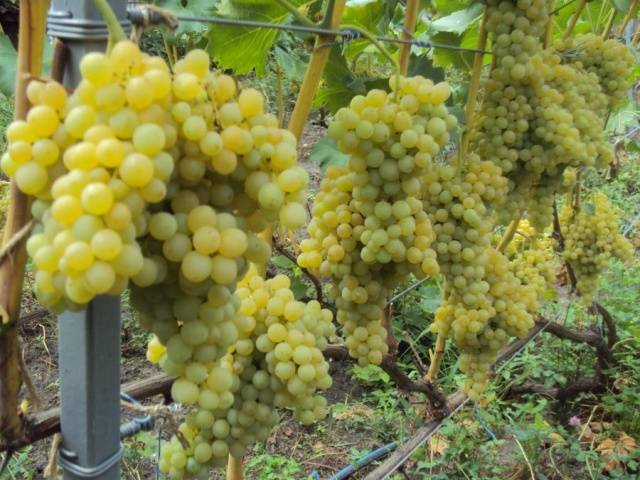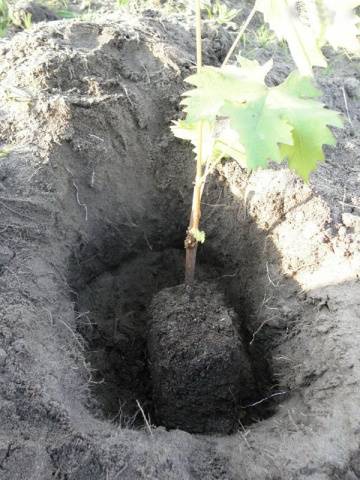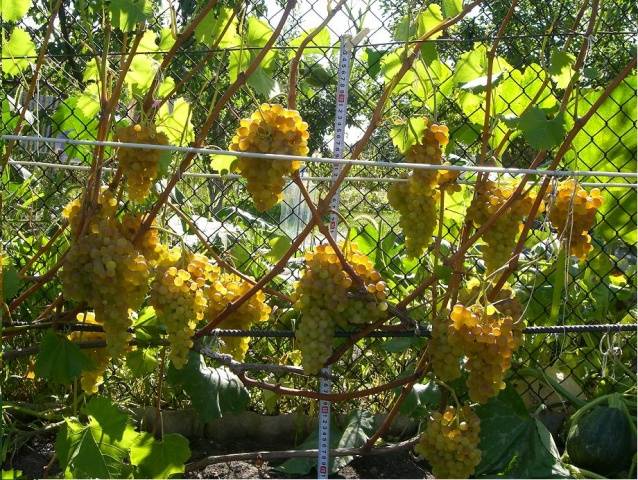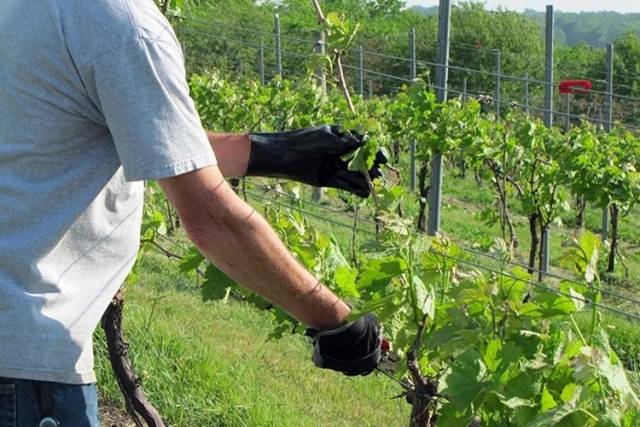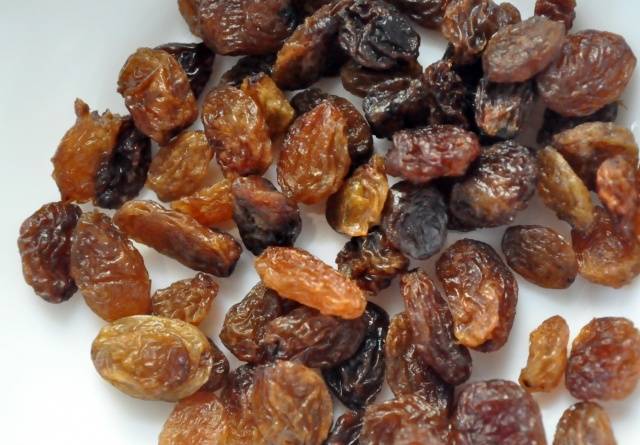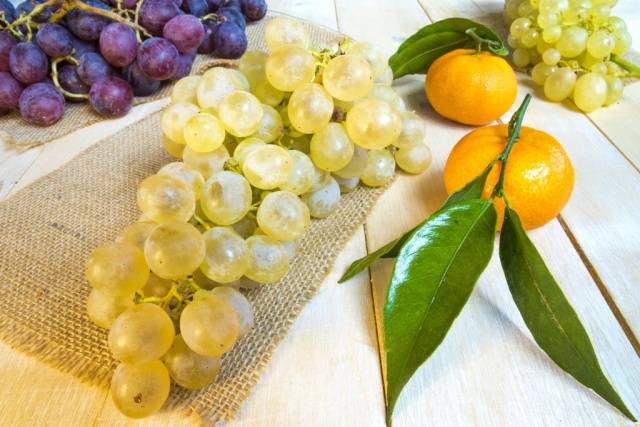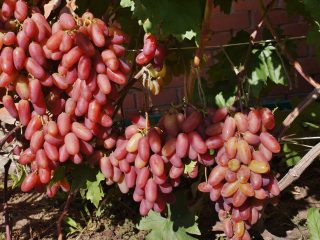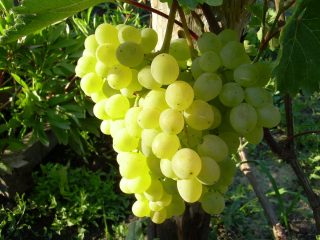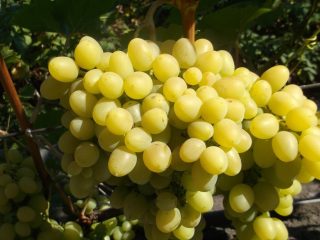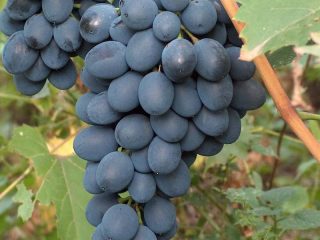Content
Farmers from the southern regions do not have any difficulties with choosing grapes: the range of varieties is very wide. But for residents of the middle zone, the Urals, and Belarus, it is very difficult to choose grapes that could develop and bear fruit normally in difficult climatic conditions. One of the universal and very resistant to external factors varieties is Kishmish 342. Some people know this hybrid under the name Hungarian, other gardeners know it by the abbreviation GF-342 - the demand for this variety of Kishmish is very high. The hybrid, indeed, deserves the closest attention, because it has a lot of advantages, is unpretentious and does not require complex care.
A detailed description of the Kishmish 342 grape variety with photos and reviews from gardeners can be found in this article. Here we will talk about the strengths and weaknesses of the Hungarian hybrid, and provide recommendations for its cultivation and care.
Hybrid characteristics
The Kishmish 342 grape variety was developed by Hungarian breeders at the end of the last century. The “parents” for the new species were the American Perlet and the European Vilar Blanc. Perlet belongs to the super early varieties of Kishmish, it is distinguished by a dessert taste and the absence of seeds in the pulp.But Vilar Blanc is a technical variety with a late ripening period; GF-342 has achieved its yield, winter hardiness and unpretentiousness.
Description of the variety Kishmish 342:
- grapes with very early ripening and a short growing season - for technical maturity the crop needs from 100 to 115 days;
- the bushes are vigorous, well branched and tall - this must be taken into account when choosing a place to plant a seedling;
- the number of fruiting shoots is about 80% of the total;
- It is recommended to normalize hybrid 342 so that 2-3 bunches remain on one shoot;
- the size of the bunches is medium and large (400-900 grams), on old woody vines the grape tassels are usually larger;
- the berries are oval-shaped, medium in size, their weight ranges from 3 to 4 grams;
- the skin is greenish-yellow, thin but dense;
- in the pulp of Kishmish 342 there are no seeds or rudiments (the greater the load on the bush, the less often seeds are found in the berries);
- the pulp of the hybrid is elastic, sweet, with light nutmeg notes;
- the amount of sugars in fruits is 19-21%, and the sugar content is slightly dependent on climatic conditions and weather;
- Kishmish 342 grapes can be used as a dessert variety; it is also good for the production of raisins, since it does not contain seeds;
- Fruiting of grapes is stable;
- the yield is high - within 20-25 kg from each bush with proper care;
- the transportability of the crop is good - Kishmish can easily be transported over long distances;
- The harvested grapes can be stored for 3-5 weeks (in the basement or in the refrigerator);
- the Kishmish variety is resistant to various fungal infections, which is very important for early ripening grapes;
- berries with thin skins and a high sugar content are often affected by wasps, so it’s worth thinking about special traps for these insects;
- the shoots of the grapes ripen well, the growth rate of the vine is very high - the bushes grow quickly;
- Kishmish 342 has good frost resistance - the vine can withstand temperatures dropping to -26 degrees without shelter;
- The hybrid does not like thickening and needs regular competent pruning.
Advantages and disadvantages
Fruit Kishmish 342 is a reliable grape that will give a good harvest in almost any climatic conditions. This variety is chosen by winegrowers living in temperate climates; Kishmish has also proven itself excellent in southern vineyards.
Hybrid grapes have many advantages, including:
- unpretentiousness;
- resistance to cold and disease;
- high productivity;
- decent table taste of berries;
- absence of seeds in the fruits and thin peel;
- transportability of the crop and its suitability for long-term storage;
- fast growth and strong vine.
GF-342 does not have any disadvantages as such. To farmers accustomed to the variety of foreign varieties and hybrids, Kishmish may seem too simple, and its taste – flat, not multifaceted. Such gardeners also note the relatively small size of the bunches and small berries.
As you know, the berries of ordinary grape varieties will be larger and sweeter the more heat and sun they receive during the season. In regions with a temperate climate (Moscow region, the Urals, Belarus), the summer season is often rainy and cloudy, and Kishmish 342, regardless of this, pleases with large and sweet fruits.
Features of cultivation
Grapes 342 will not cause trouble for the summer resident, because this hybrid is very unpretentious and is suitable even for beginning winegrowers. The variety pleases with the good quality of cuttings and the possibility of propagation by root and grafting methods. In order to get a bountiful harvest, the farmer does not have to constantly care for his vineyard - Kishmish requires the simplest care: watering, fertilizing, preventative treatment, pruning.
Landing rules
The most important condition for the successful cultivation of Kishmish 342 grapes is the choice of a suitable place for it. This hybrid feels great in an area with good lighting and reliable protection from wind and drafts. The best place to plant the cuttings will be a sunny area near the wall of a house or outbuilding, not far from a high hedge.
The right time for planting Kishmish can be either spring or autumn. In the spring, cuttings are planted when the soil has warmed up thoroughly and the threat of return frosts has passed. Usually planting occurs at the end of April - beginning of May. If grapes are planted in the fall, then this should be done at least a month before the onset of frost (October is perfect for planting).
When preparing planting holes, it is necessary to take into account the strong branching and large height of the Kishmish vine. This variety is planted at intervals of 3-4 meters between neighboring bushes or other plants. The holes should be large and deep: about 70 cm deep and 80 cm in diameter.
The soil taken out of the hole is mixed with a bucket of humus and a liter jar of wood ash. Mix well. After planting, the grafting site should be above the ground. Immediately after planting, it is recommended to cut the cuttings into two buds.
Necessary care
In the first year after planting, all care for Kishmish 342 grapes consists of regular watering, loosening the soil and at least once feeding the seedling with mineral fertilizers.
In subsequent seasons, the work of the winegrower will be as follows:
- Annual pruning of vineswhich is performed in early spring. It is recommended to cut Kishmish 342 into 6-7 buds, normalizing the shoots so that no more than three clusters ripen on each.
- Loosening the soil after each watering or rain. To make your work easier, you can mulch the soil around the grapes with sawdust, dry leaves or other organic material.
- Water hybrid 342 will not be needed often; these grapes require additional moisture only during periods of prolonged drought. Since the variety is early, its growing season takes place in June and the first half of July, when there is usually no drought in temperate climates.
- In mid-summer Kishmish is necessary feed phosphorus-potassium complex - this will improve the quality of the fruit and help increase the size of the berries. In late autumn, the grapes are fed with organic matter (humus, compost, wood ash, bird droppings).
- Although variety 342 is resistant to fungal infections, it is necessary to prevention these diseases. This treatment is especially important in rainy and cool summer conditions. Fungicidal preparations are combined with insecticides, protecting the vine from spider mites, leaf rollers, and chafer larvae. In spring, you can use Bordeaux mixture or biological protection products for grapes.
- Ripening bunches are a must protect from wasps To prevent these insects from damaging most of the crop, bunches of grapes are placed in special bags and wrapped in mesh or gauze. Wasp traps are also effective as a means of control.
- In the northern regions (in the Moscow region, in the Urals, for example), Kishmish grapes are necessary cover for the winter. The vine of this variety is quite elastic, so it is difficult to bend it. But the shoots will have to be tied and bent to the ground in order to be covered with special material. Spruce or pine spruce branches, dry leaves, sawdust, and agrofibre are suitable as shelter. As soon as snow falls, it needs to be collected throughout the area and a shelter mound built.
The harvested crop can be used for different purposes: eating table berries fresh, preparing wine and juices, drying fruits to obtain raisins. By the way, hybrid 342 can be dried to the state of raisins directly on the vine.To do this, the bunches must be placed in protective bags and turned regularly.
Review
Conclusion
Kishmish 342 is a wonderful grape variety that is suitable for growing in different climatic conditions. In addition to high yield and good stability, the hybrid pleases with its excellent taste and high sugar content in the berries.
These grapes rarely get sick and do not require complex care, so they are suitable for both beginners and experienced gardeners. Photos of bunches and reviews about the variety will not leave anyone indifferent - it’s definitely worth growing Kishmish!
